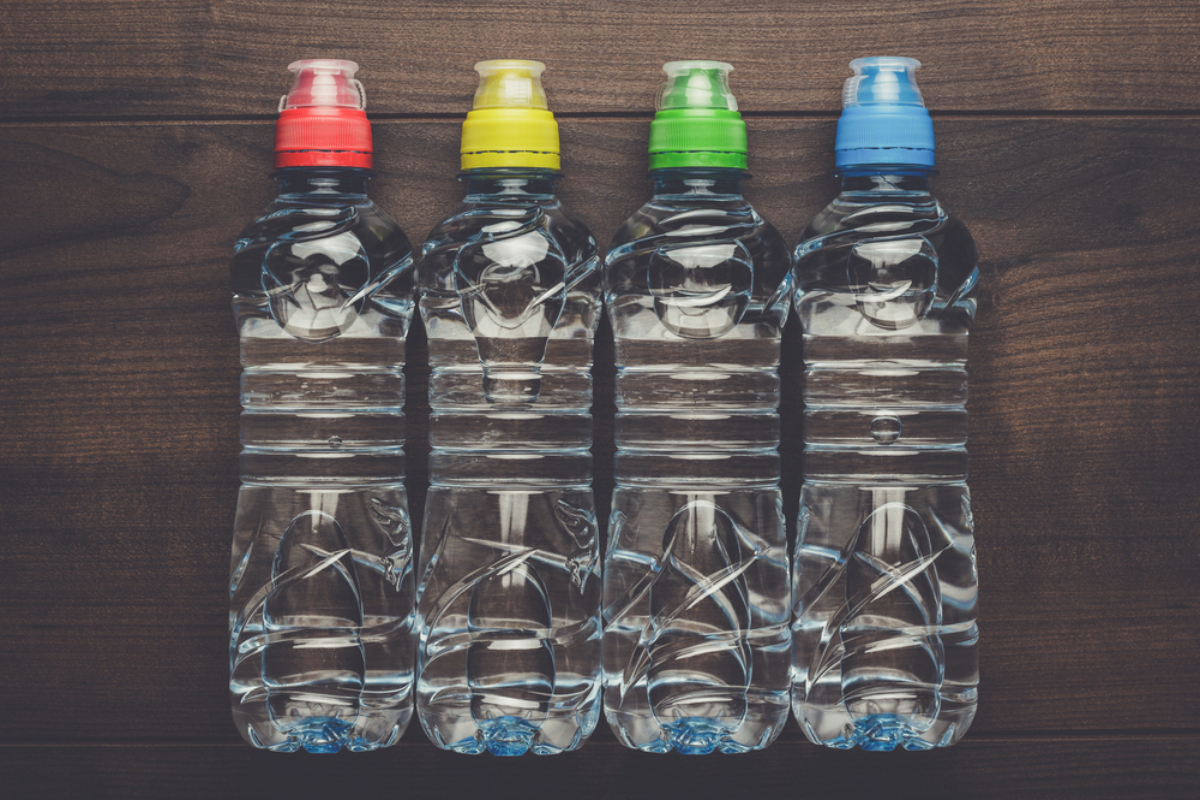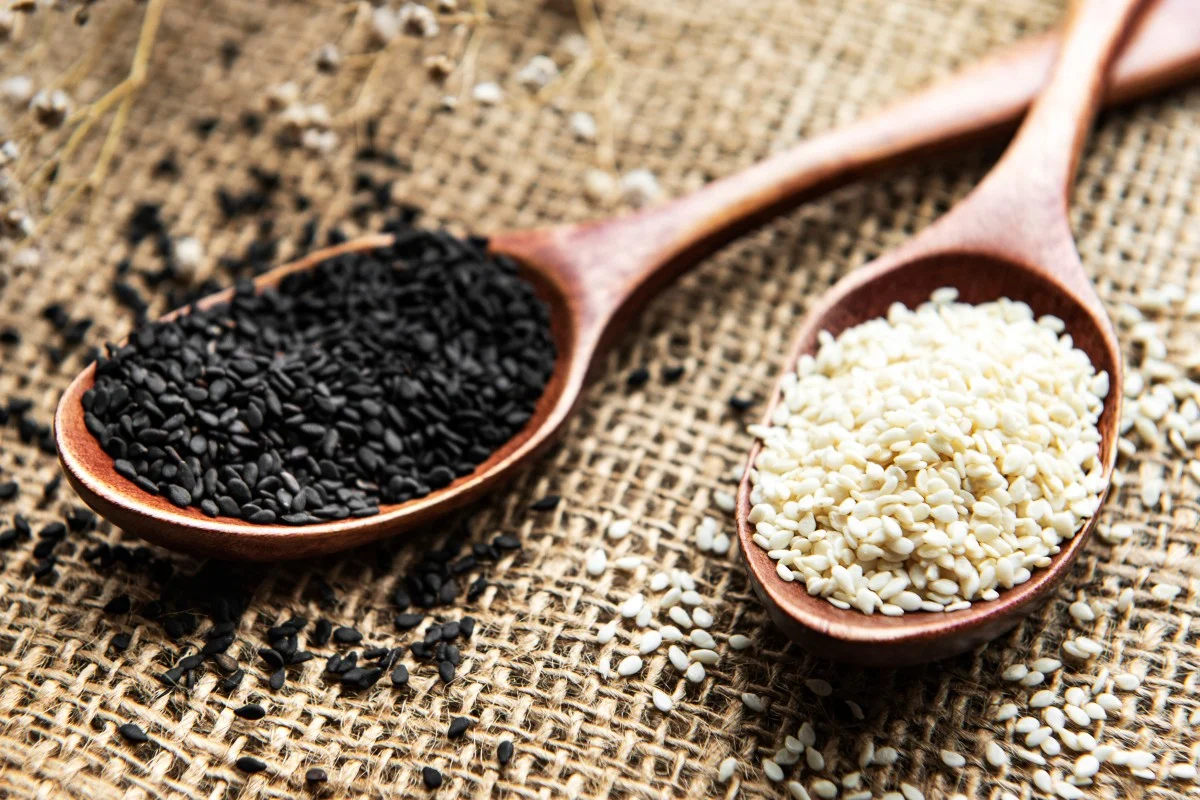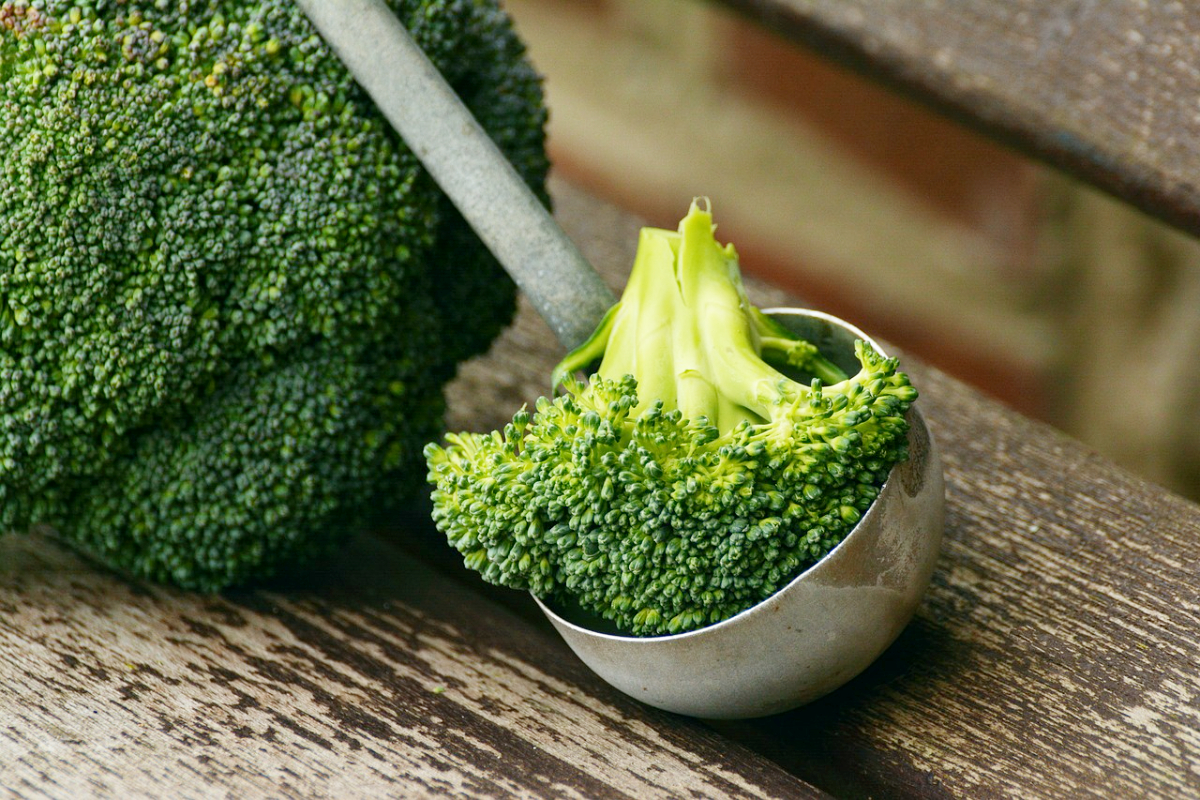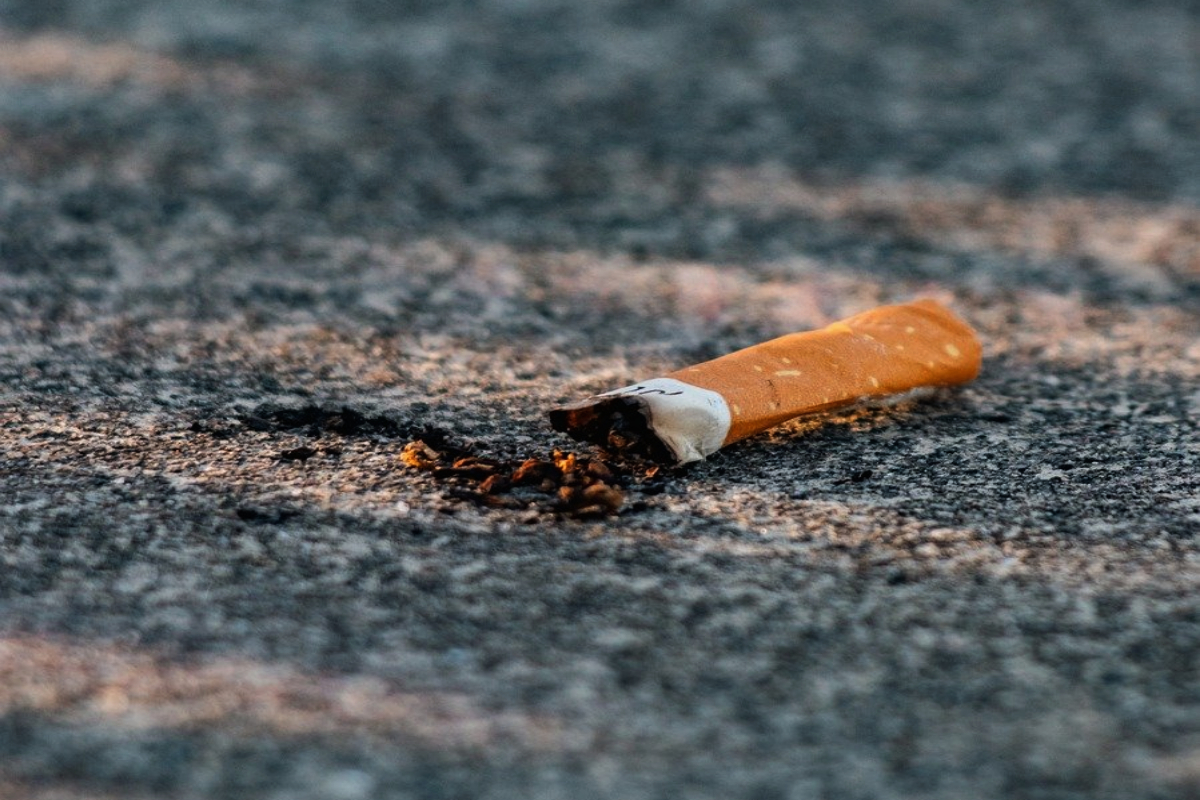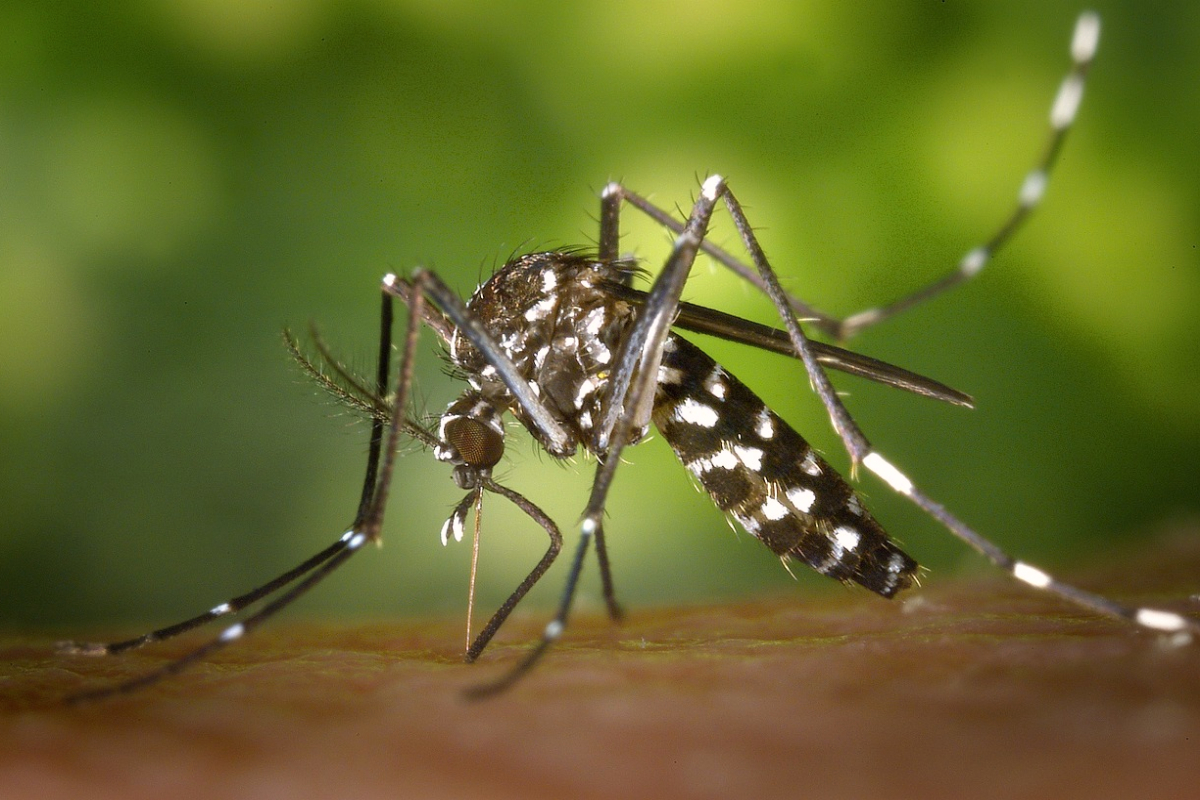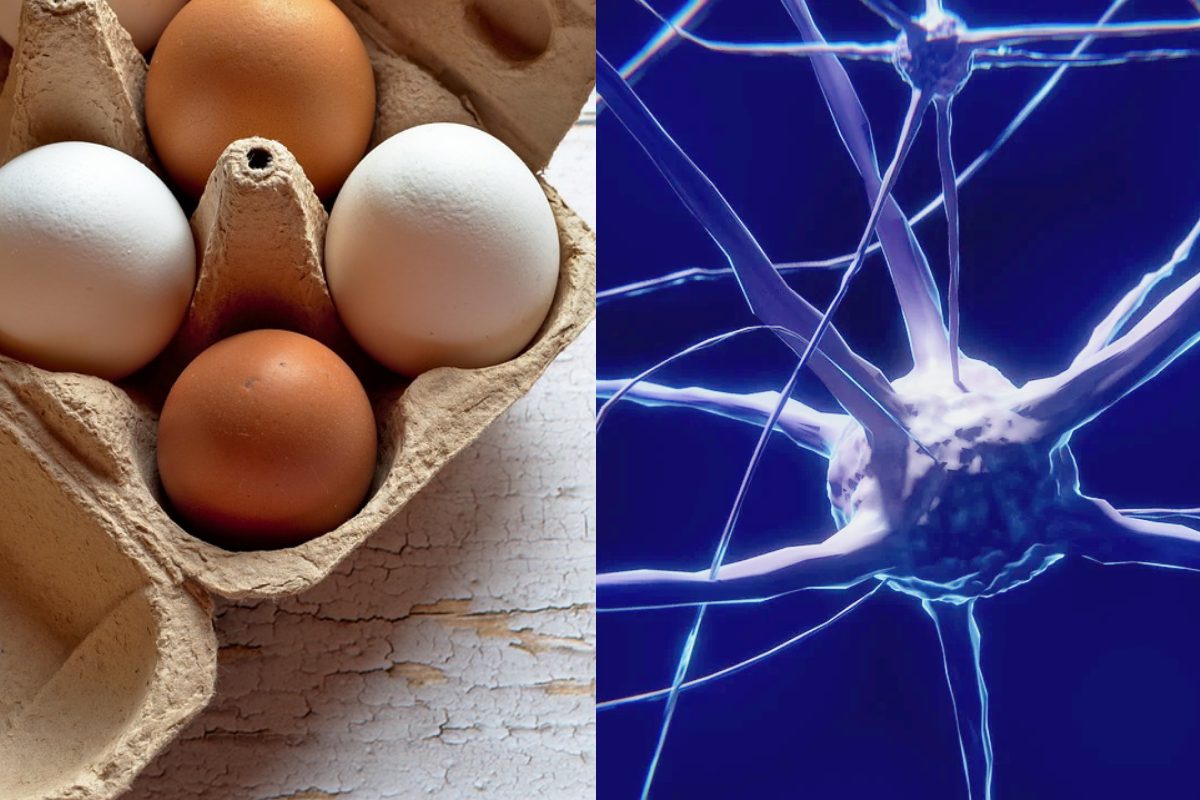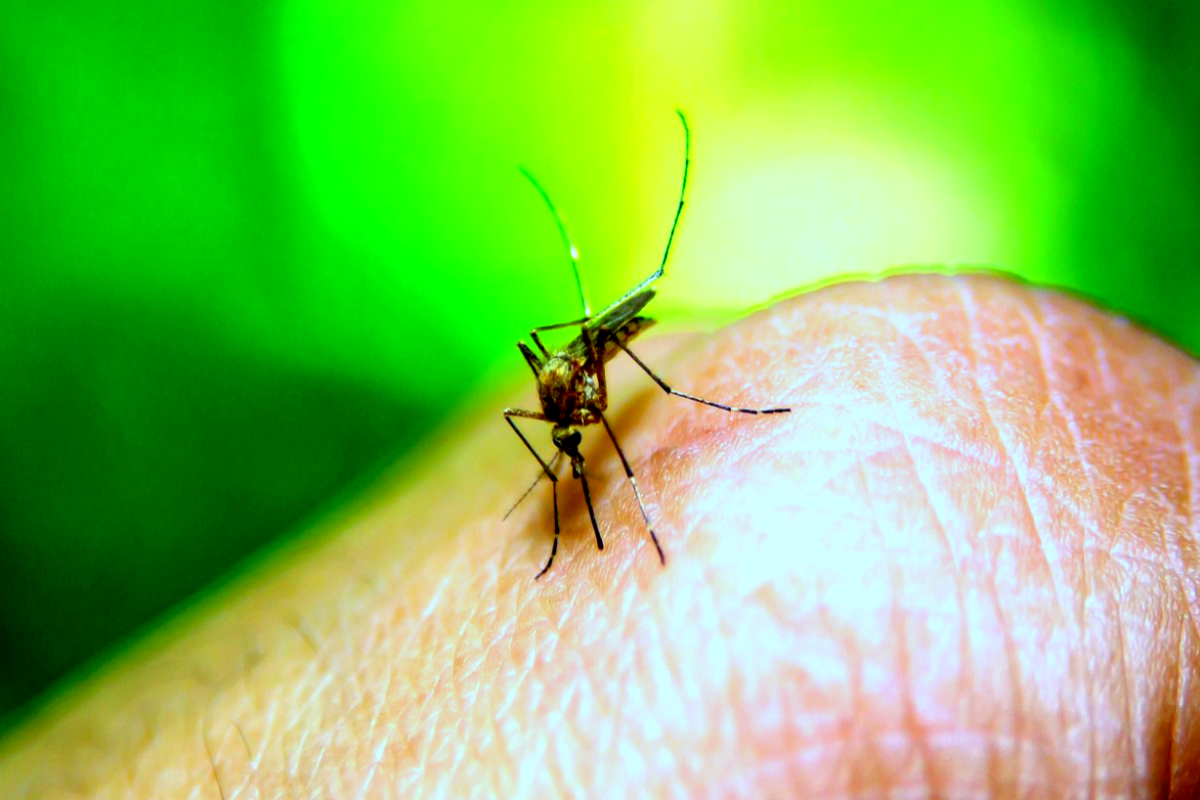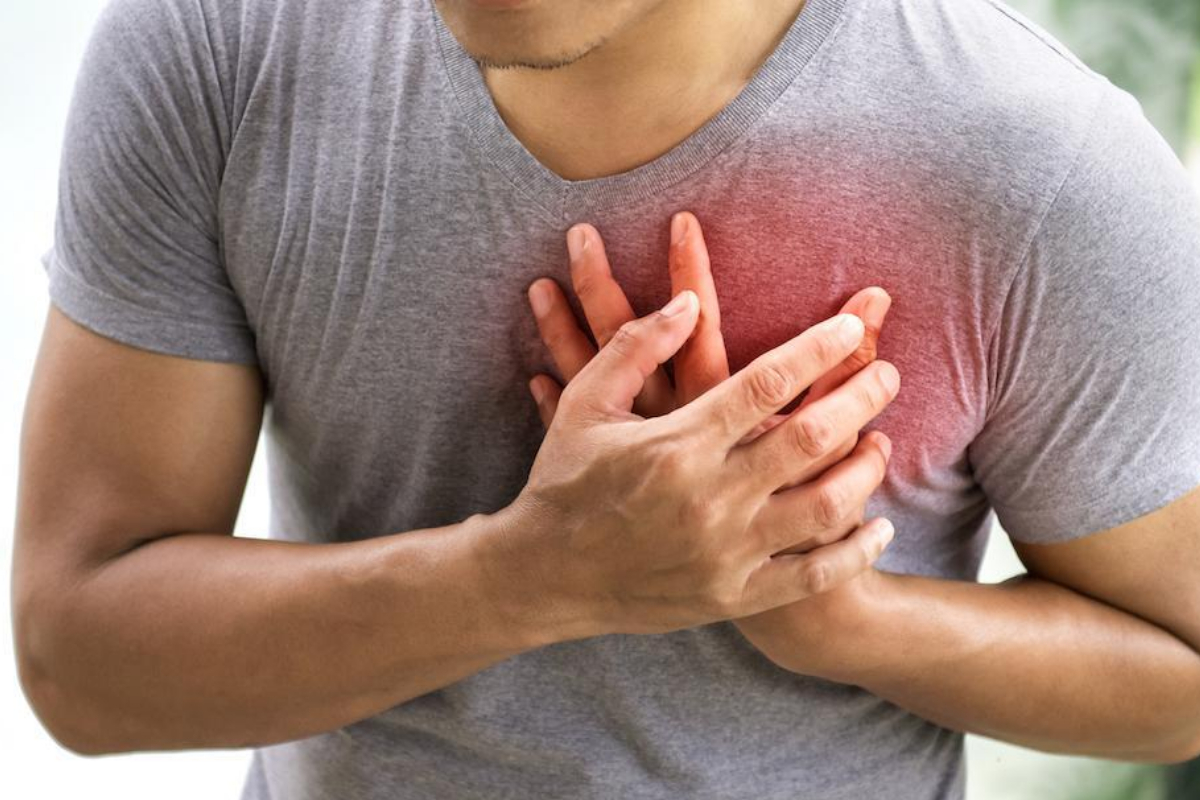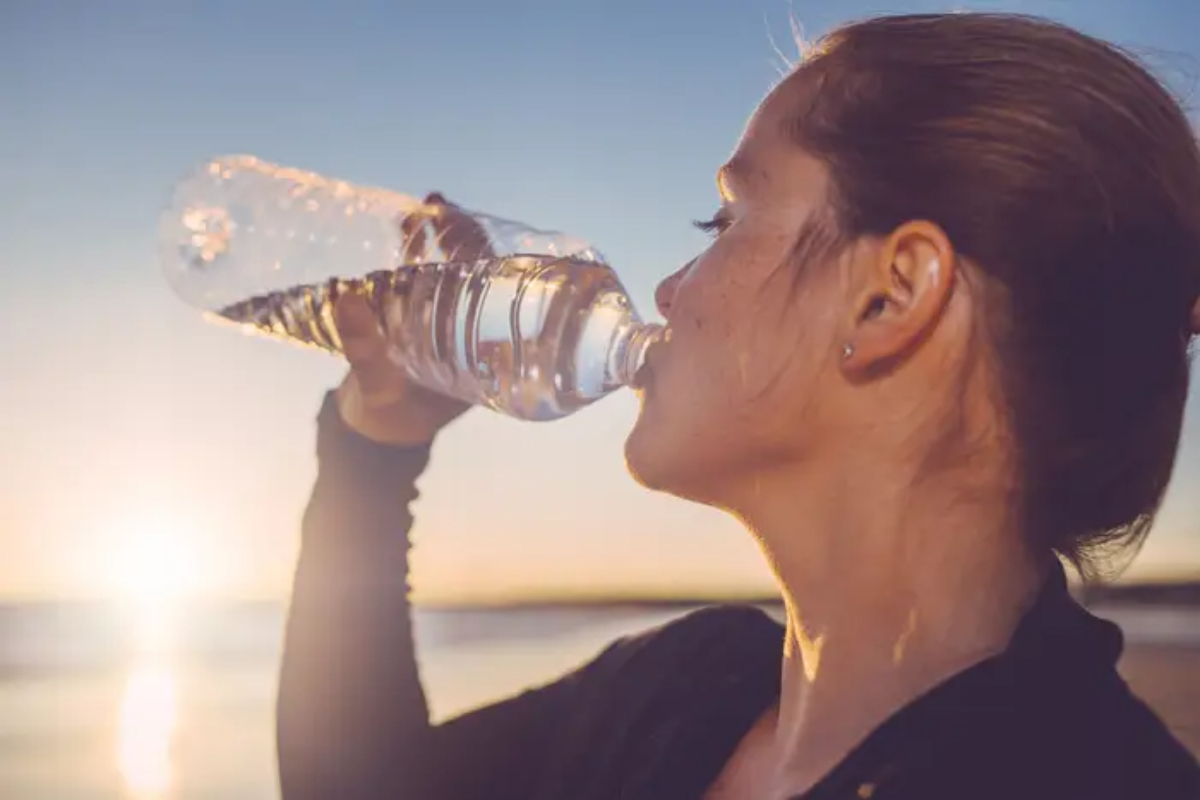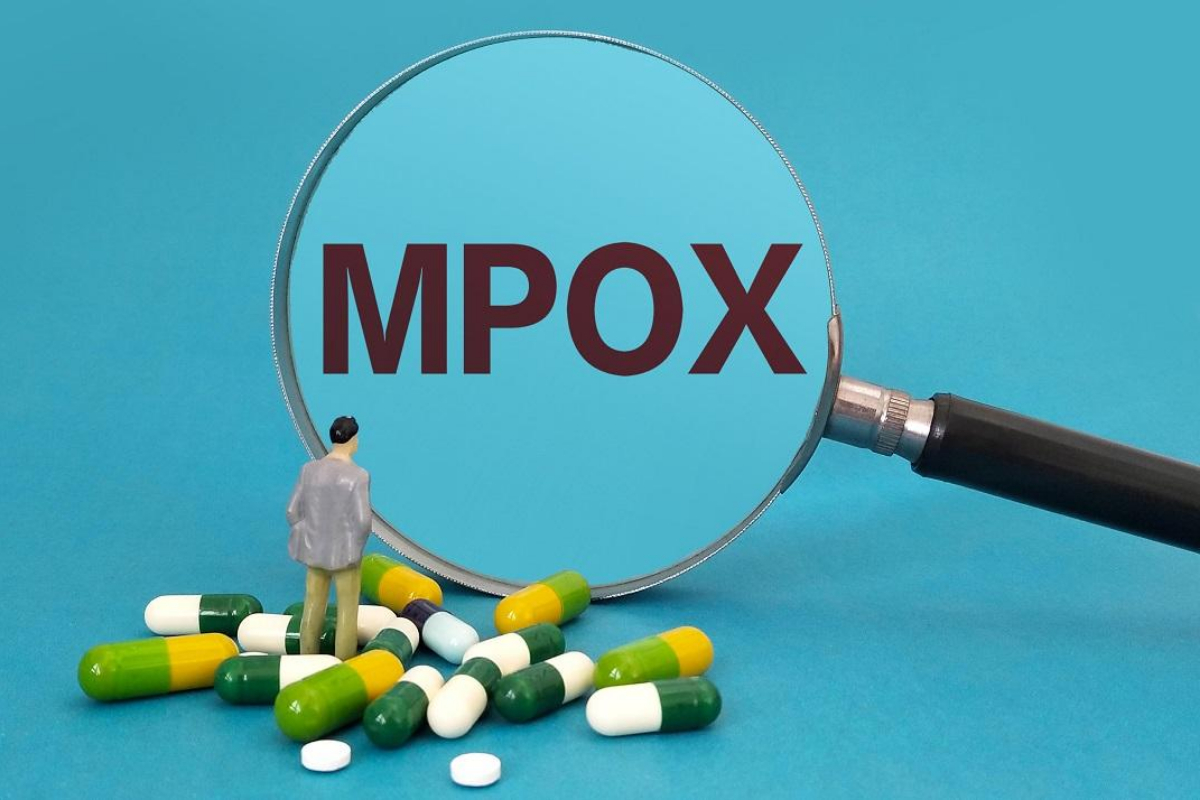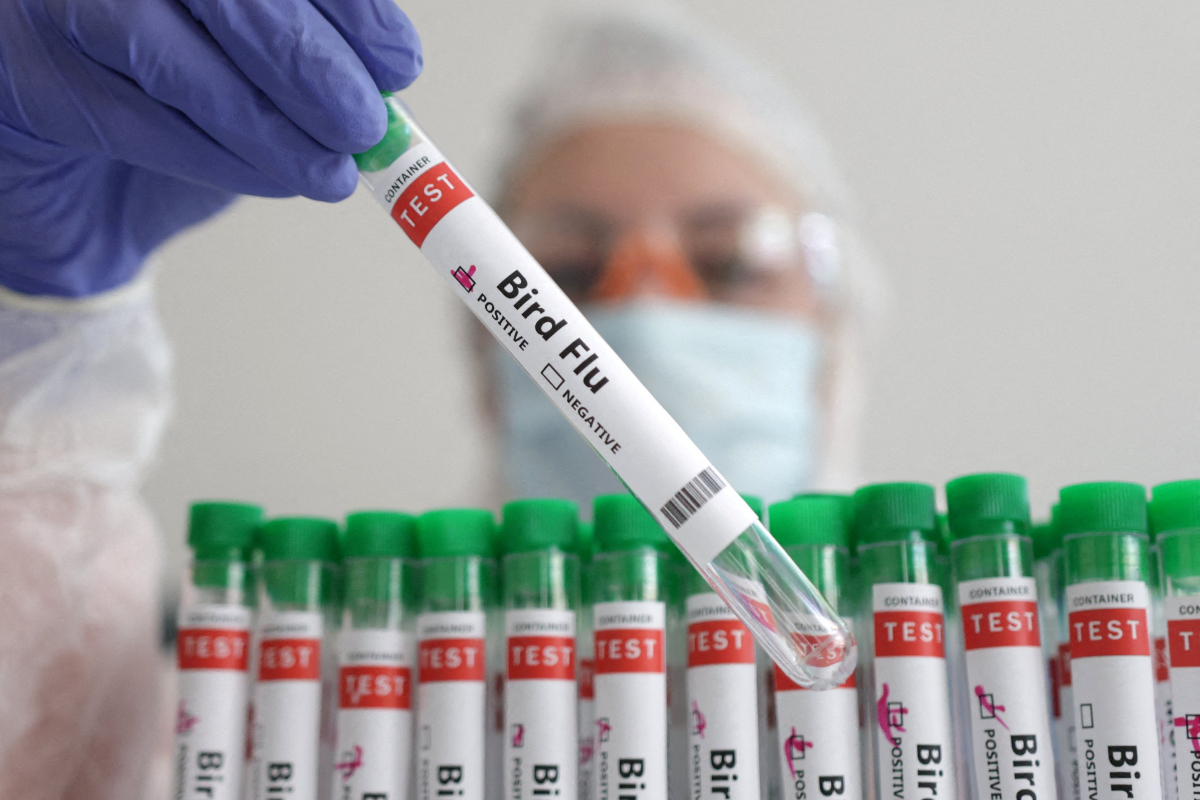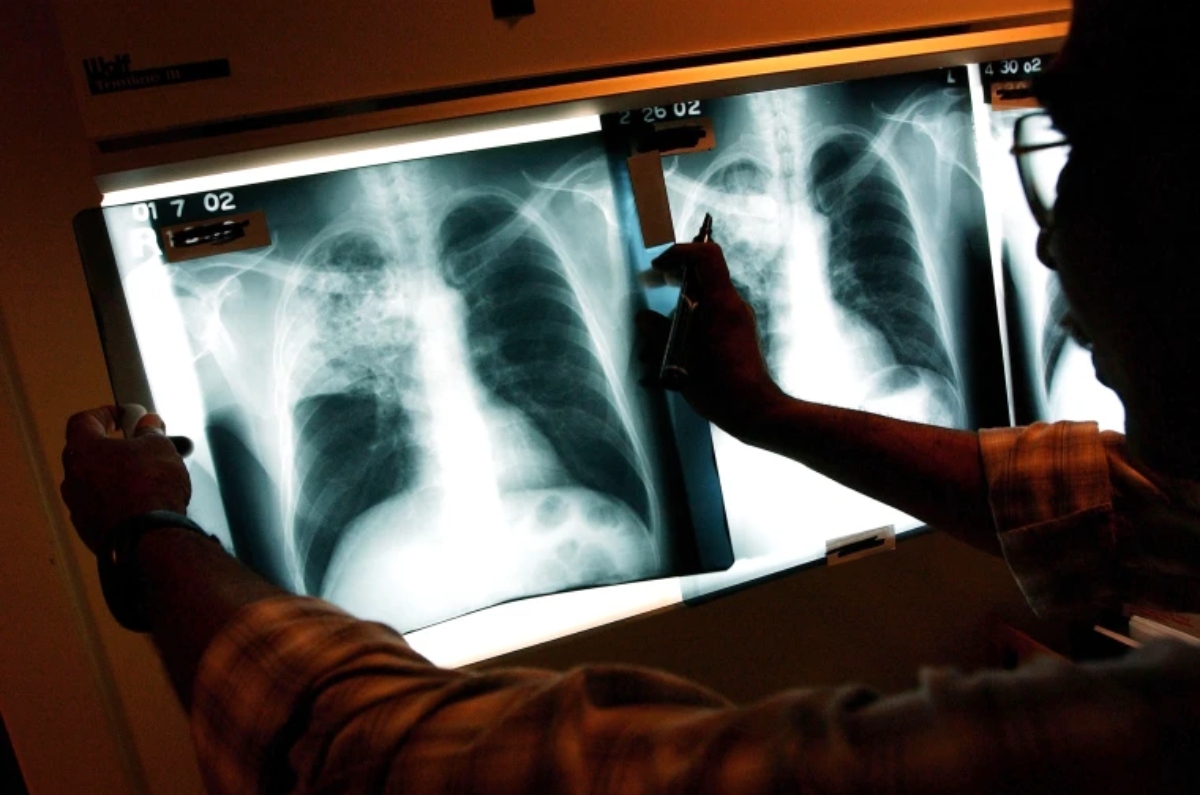- Microplastics are tiny plastic particles.
- They are found in bottled water around the world.
- Bottles should be kept in a cool, dry place to keep them away from heat and sunlight.
You will not only quench your thirst by sipping from your plastic water bottle, but you will also consume an unhealthy amount of microplastics, which are tiny plastic particles with a diameter of less than 5 millimeters. Because they are made of plastic, these particles are hard to break down and will eventually build up in our bodies through a process called bioaccumulation.
Researchers are becoming increasingly concerned about the long-term effects of microplastics on our bodies, despite the lack of conclusive evidence linking them to serious illnesses.
The chemicals that are used to make plastics, some of which have already been linked to serious diseases, are a big part of this concern.
The presence of microplastics in human stool suggests that we are regularly exposed to them.
Concerns about food safety have been raised as a result of their entry into the food chain.
They are also found in bottled water around the world.
Most of the studies that looked into microplastics in bottled water found that they were released from the bottle material, the bottleneck, and the cap.
Particles originating from the caps are either blue or green, while those originating from the bottle material are transparent.
Polyethylene terephthalate (PET), which is used to make the bottle’s material and cap, is the plastic polymer with the highest detection rate.
Multiple factors, including physical stress during transport, bottle shaking, and high-pressure water injection into the bottles at the production plants, contribute to the presence of microplastic in bottled water, according to studies.
Additionally, the fragmentation process is exacerbated by thermal impact during storage.
Microplastic particles are larger in water bottles made of PET that can be reused than those that can only be used once.
Additionally, friction from frequent bottle opening and closing results in the formation of additional particles.
The most important question is still unanswered: How much of a threat to human health are the microplastic particles in bottled water?
Several hypotheses have been proposed by researchers regarding the chemical and physical dangers.
The effects of plastic particles on humans have not been the subject of any published research.
The only research currently conducted is based on rodent-based or laboratory tests that expose human cells or tissues to microplastics.
Due to their solubility and direct excretion, the World Health Organization states that only microplastics with particle sizes smaller than 1.5 m (1.5 micrometres) can be ingested or absorbed.
As a result, ingested microplastic particles (1.5 m) from bottled water can pass through the intestinal wall and reach the liver, lymph nodes, and other body tissues.
Particles as small as 1.5 millimeters that enter cells or tissues have the potential to irritate simply by acting as a foreign presence, resulting in lung tissue inflammation that may progress to cancer.
Chemical toxicity has been linked to these particles’ accumulating in human tissues.
Microplastics can release compounds like plasticizers, stabilizers, and pigments that are used in the production and pass through our bodies in the bloodstream.
Inflammation, genotoxicity, oxidative stress, and harm to the gastrointestinal tract have all been linked to these chemicals.
Emerging pollutants and endocrine-disrupting chemicals (EDCs) are chemicals that can cause serious health issues like cancer and developmental defects and are released from water bottle packaging materials.
The health effects of microplastic exposure over the long term are still poorly understood, but research is moving forward.
However, it is evident that they pose a risk, and we should take precautions to reduce our daily exposure to them.
If you use bottled water as your primary source of drinking water, you should try to minimize bottle shaking and avoid opening and closing the bottles unnecessarily.
Additionally, reusing plastic water bottles is not recommended.
Reusing a bottle causes the inner surface to abrase at a faster rate, resulting in the release of additional microplastic particles.
Bottles should also be kept in a cool, dry place to keep them away from heat and sunlight. Sunlight can accelerate bottle degradation, which results in the release of more microplastic particles and makes them more brittle and fragile.
These PET bottles also leak chemical pollutants like plasticizers when heated, which can contaminate the water.
When consumed in large quantities, these chemicals, such as phthalates and bisphenol A (BPA), can be harmful to human health.
[embedpost slug=”scuba-diver-saves-fish-trapped-in-plastic-underwater-watch/”]

